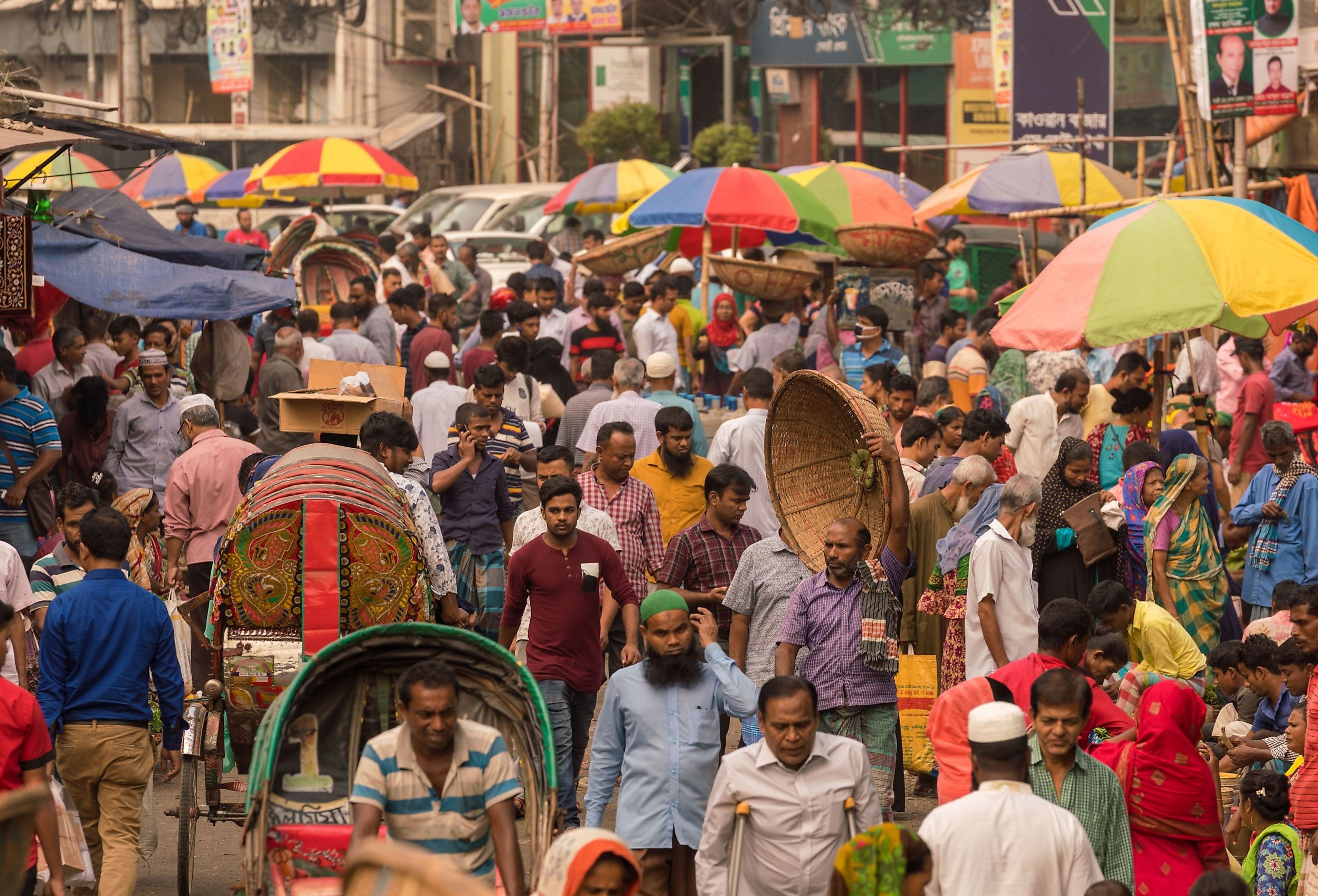
The Largest Cities In The World
Cities have grown exponentially since the beginning of the 20th century. Progress has been made in civil engineering and infrastructure, and modern cities have supported tens of millions of people; these are the largest worldwide. The largest city in the world is Tokyo, Japan. This is followed by Dehli, India, and Shanghai, China.
Largest Cities In The World
| City | Country | Population |
|---|---|---|
| Tokyo | Japan | 37.2 Million |
| Delhi | India | 32.9 Million |
| Shanghai | China | 29.2 Million |
| Dhaka | Bangladesh | 23.2 Million |
| Sao Paulo | Brazil | 22.6 Million |
| Mexico City | Mexico | 22.3 Million |
| Cairo | Egypt | 22.2 Million |
| Beijing | China | 21.8 Million |
| Mumbai | India | 21.3 Million |
| Osaka | Japan | 19 Million |
Tokyo - 37.2 Million
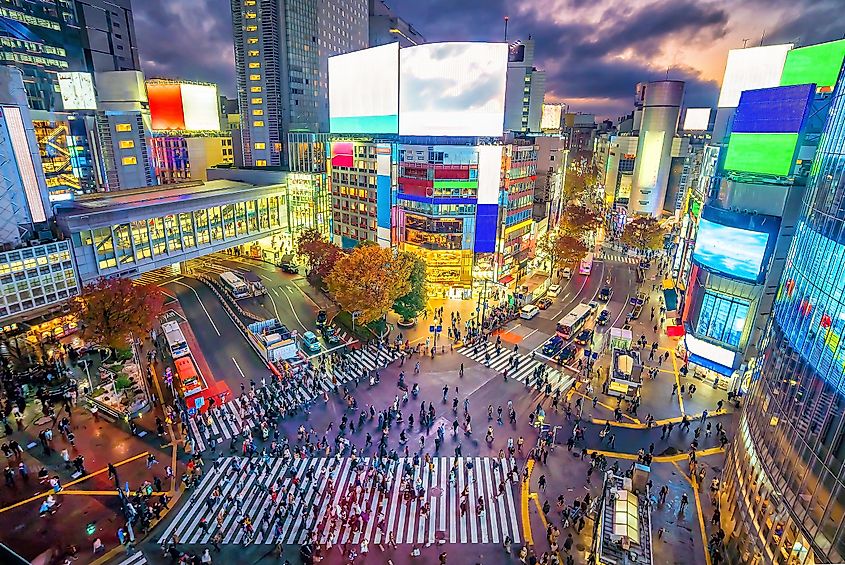
Serving as Japan's capital city since 1868, Tokyo is by far the largest city in the world in terms of total population. Despite being home to more than 37 million people, the city is famous for being well-run, safe, and remarkably clean.
Tokyo is a fascinating mix of ancient Japanese culture and customs while simultaneously displaying a cutting-edge standard of living. The allure of Tokyo has made it one of the busiest tourist destinations in the world attracting roughly 25 million visitors in 2023 alone.
Delhi - 32.9 Million
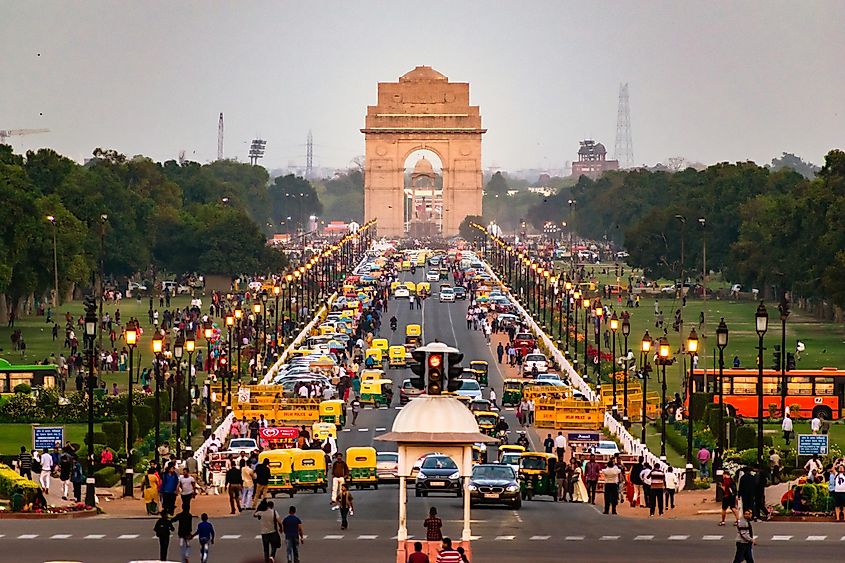
India is the most populous country on Earth and Delhi is its largest city. Home to more than 32 million residents, it is projected to surpass Tokyo's total population by the end of the decade. Delhi is essentially split between its old city in the north and its newer urban component located in the south.
Delhi has an ancient history that dates back thousands of years. There are endless historical monuments, ruins, and religious buildings that all tell a small chapter in the city's illustrious story. Delhi is unsparingly both the political and financial capital of India.
Shanghai - 29.2 Million
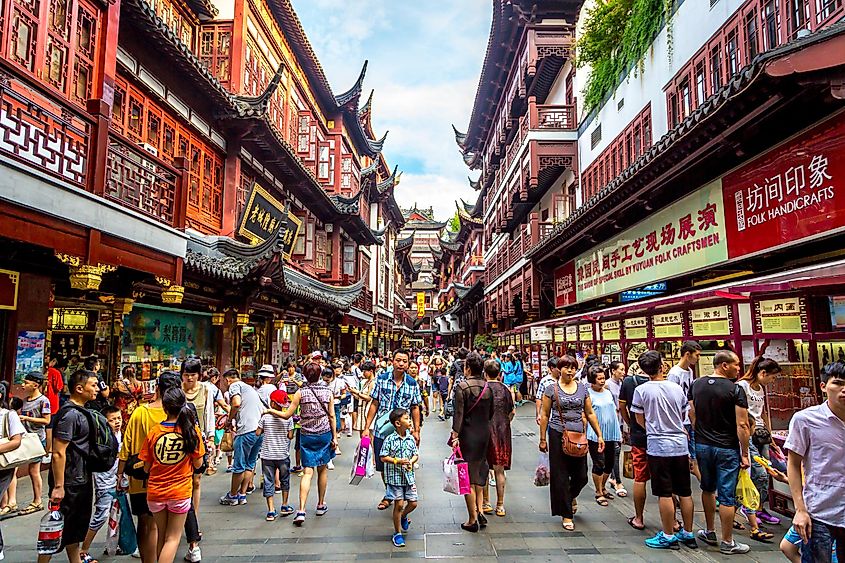
Shanghai is the largest city in the world's second most populous country, China. Shanghai is an ancient city and has had its fair share of golden ages and declines, however, in modern times the city thrives as one of the largest trade hubs in the country.
Since the 1980s, Shanghai, like many other Chinese cities, has experienced an explosion in its population. In 1980 Shanghai had a modest population of only 5.7 million. By 2030 it is estimated that it will be home to more than 32 million people.
Dhaka - 23.2 Million
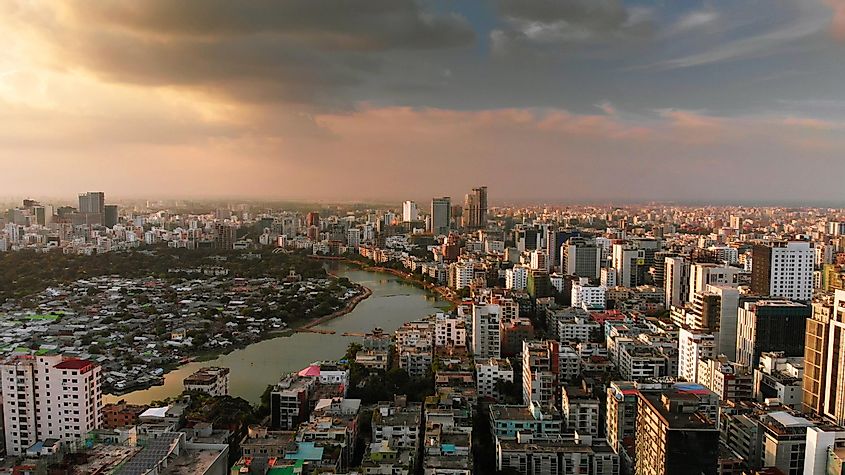
Dhaka is the capital city of Bangladesh, a country that is often overlooked for its larger neighbor India. Bangladesh is considerably smaller than India but still boasts a total population of 174 million people, most of whom live in cities along the country's vast river network like Dhaka.
Dhaka's population density is one of the highest in the world and has been the source of many concerns for the local government to accommodate so many people. Despite its shortcomings, its population is still growing and is projected to reach over 28 million in the next 6 years.
Sao Paulo - 22.6 Million
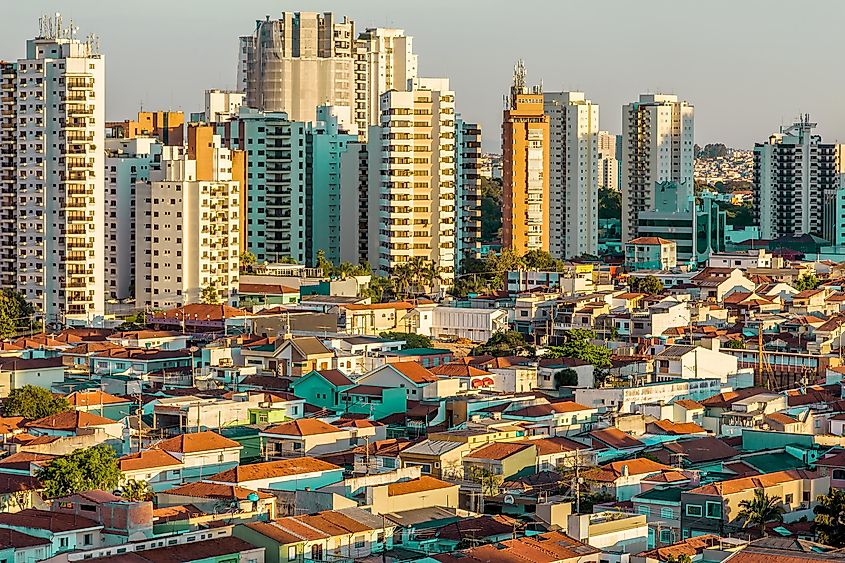
Sao Paulo is the largest city in both South and North America. While Rio de Janeiro, might be the most internationally recognized Brazilian city, Sao Paulo has surpassed its sister city as a hub of finance and international trade.
While much of Sao Paulo's growth has started to slow down, it still remains a land of opportunity for many Brazilians. Its relatively high standard of living and high-quality job opportunities still make it one of the most desirable destinations for those who are looking to better themselves and earn a decent wage.
Mexico City - 22.3 Million
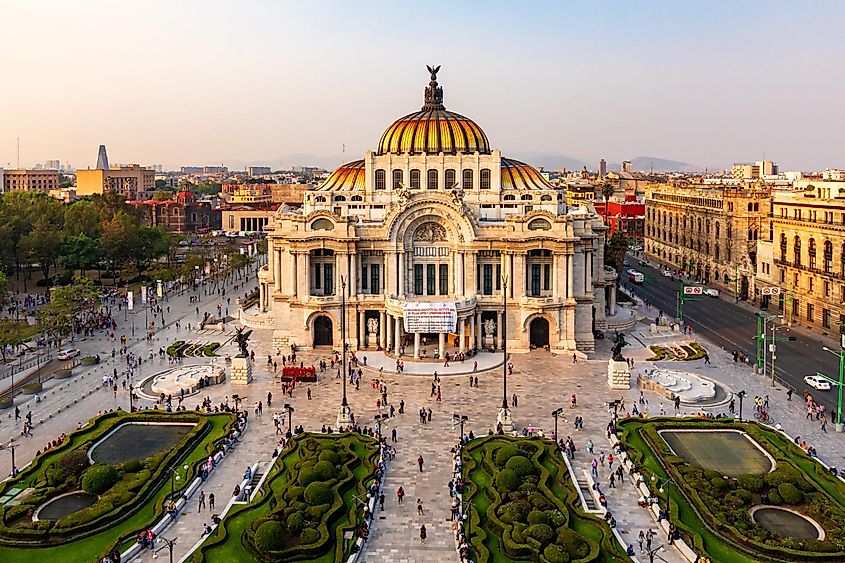
Mexico City has long been the largest city in both Mexico and North America. Mexico City is one of the oldest cities in the "New World" and was built on top of the Aztec capital of Tenochtitlán after it was conquered by the Spanish in the early 16th century.
Serving as the capital of Mexico since its independence in 1821, the city is awash with art, history, and culture. The city famously sits at a staggering 2,240 meters (7,350 feet) above sea level and gives its residents the gift of some truly breathtaking scenery and landscapes.
Cairo - 22.2 Million
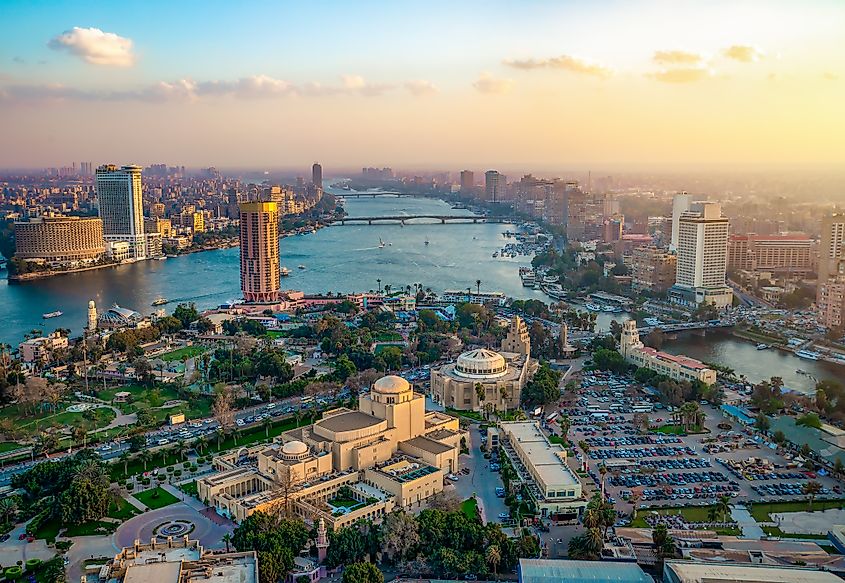
Cairo is the capital city of Egypt and is the largest city in both Africa and the Middle East. Although modern Cairo was founded in 969 AD, it has been inhabited by people since prehistoric times. Cairo is home to such amazing wonders as the Pyramids of Giza and the Great Sphinx.
Cairo readily celebrates its antiquity, displaying the world's largest collection of ancient Egyptian artifacts at the Egyptian Museum. Cairo is still growing as well. It is expected that the city will add an additional 3 million people by 2030.
Beijing - 21.8 Million
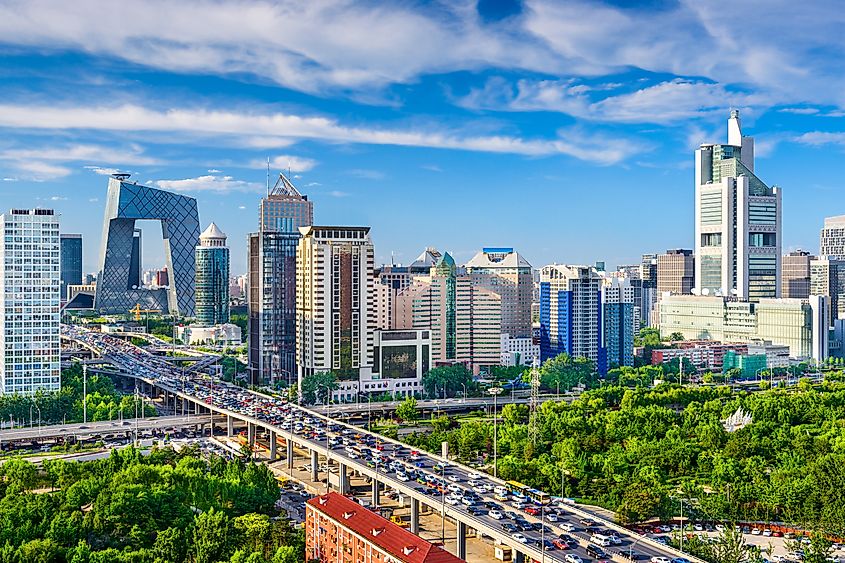
Beijing, also known as Pei-ching, or Peking, serves as the capital of China. Perhaps the most famous city in all of China, it is globally celebrated for being home to a large portion of China's long and ancient history.
Beijing is still projected to grow in population but it looks like this will slow considerably at least when compared to the boom it experienced in the late 20th century. However, its political and economic importance will ensure that Beijing is a key Chinese city for centuries to come.
Mumbai - 21.3 Million
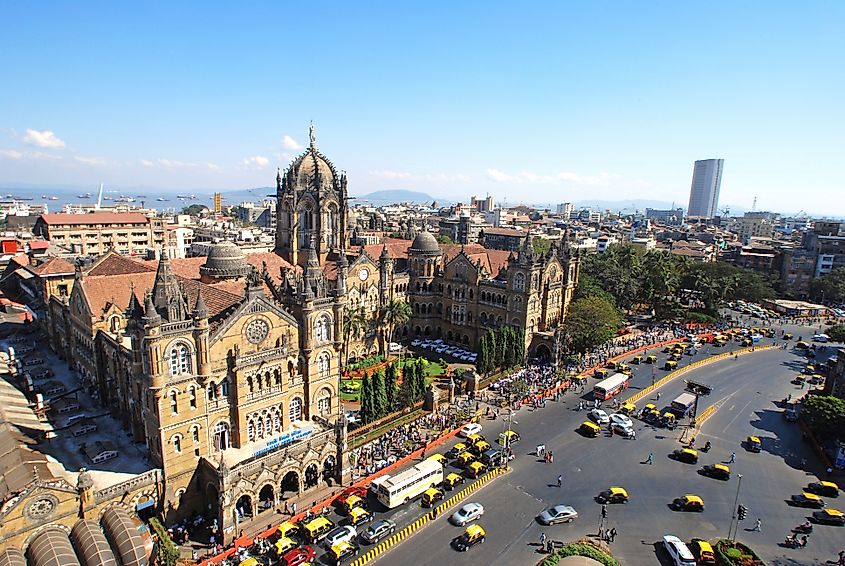
Another one of India's "megacities," Mumbai (formerly known as Bombay) is India's second-largest city. Like the rest of India, Mumbai's history is long and storied but it is perhaps the best place to see relics from India's colonial past. Many rail stations and government buildings can be seen that are still unmistakably British in design.
Nicknamed, the "City of Dreams," Mumbai is the second largest city on Earth in terms of total land area. The booming cotton textiles and information technology sectors in Mumbai are a major backbone of the growing Indian economy.
Osaka - 19 Million
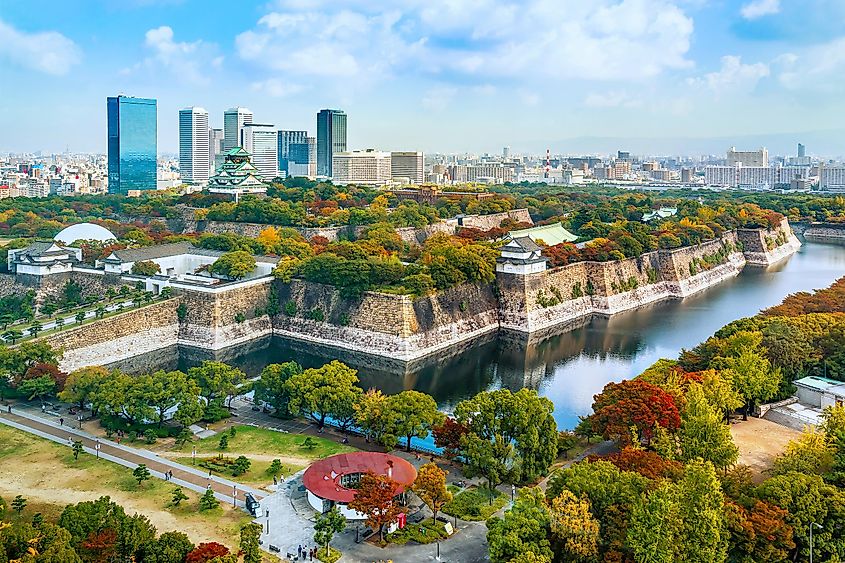
Japan's second-largest city and tenth-most populous in the world is Osaka. Found in the south of Japan, on the island of Honshu, Osaka is renowned for its beauty and peaceful nature. Similar to Tokyo, Osaka is astonishingly quiet and clean despite its size.
Osaka boasts a thriving nightlife that has made it one of the more popular destinations for international tourists. Osaka has various culinary spectacles as well and has developed its own unique local cuisine.
Final Thoughts
Mass urbanization is a trend that first began in the early 1800s and has continued forward ever since. In 2024 over half of the world population lives in cities and that number is estimated to grow to 68% by the middle of the century. As more people flood into these urban centers, more megacities are sure to develop.










